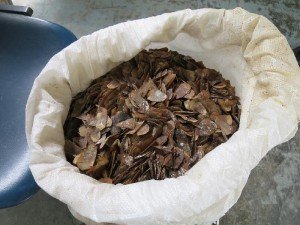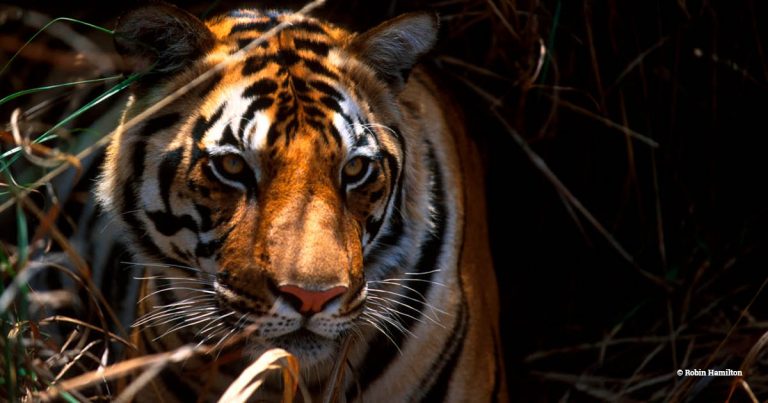Help us shine a light on wildlife trafficking
Our intrepid undercover investigators
EIA undercover investigators are on the trail of wildlife criminals.
They’re working on covert operations to gather crucial evidence to expose illicit wildlife trade.
They’re uncovering key players, major trafficking routes, concealment techniques and payment methods.
It’s risky, nerve-wracking work. For each investigation, they must establish a new identity, keep their story straight and capture evidence without being detected.
But for these brave individuals, the rewards are worth the risks. Driven by a sense of justice, they’re determined to bring environmental crimes to light.











 EIA’s campaigns are driven by evidence, and undercover investigations are the foundation of our success. The intelligence gathered by our investigators is instrumental in driving calls for stronger policy, enhanced enforcement responses and systemic change in the fight against wildlife crime. Without this critical work, our efforts to protect keystone species such as elephants, pangolins, rhinos and tigers from illegal trade would not be possible.
EIA’s campaigns are driven by evidence, and undercover investigations are the foundation of our success. The intelligence gathered by our investigators is instrumental in driving calls for stronger policy, enhanced enforcement responses and systemic change in the fight against wildlife crime. Without this critical work, our efforts to protect keystone species such as elephants, pangolins, rhinos and tigers from illegal trade would not be possible.
